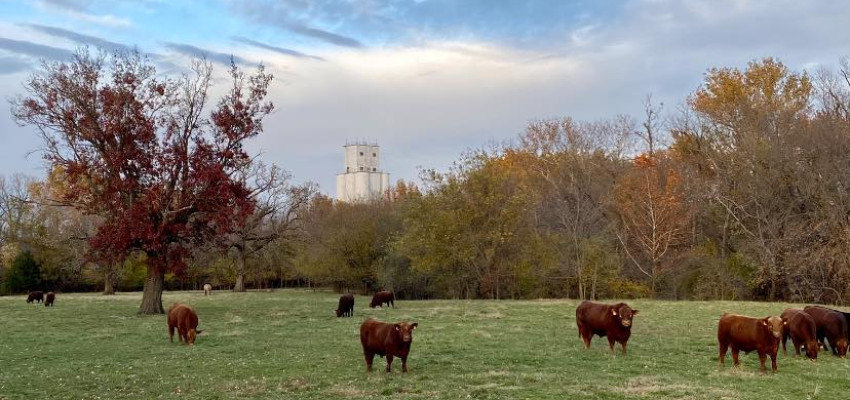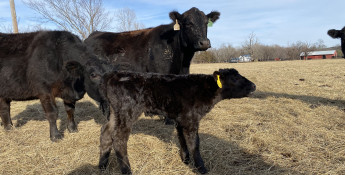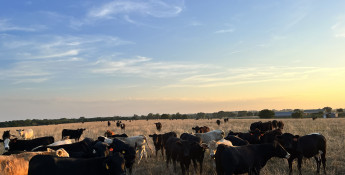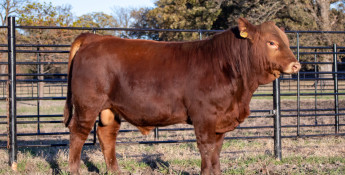By Brandi Buzzard on September 20, 2022
How a Cattle Rancher in Kansas Sells Her Products
A Tale of Two Markets

Cattlemen and women have many roles – nutritionist, agronomist, animal health practitioner, mechanic, caretaker and more – and all are vitally important. A ranch is a business, and as such, each “department” must function like a well-oiled cog in the overall business structure. And while the list of roles I mentioned seems lengthy and overwhelming, it’s missing a key role some cattle producers sadly overlook for a variety of reasons: marketing.
The marketing department is the final step in profitability. A cattle rancher can have the best genetics possible, exemplified through cattle that look amazing, however, if those cattle aren’t marketed appropriately, the rancher can miss out on valuable returns.
When the average American hears the word “marketing,” advertising or brand promotion might be the first thing that comes to mind – and that is not incorrect. However, marketing is two-fold for ranchers. Not only does it involve the promotion and advertising of our cattle, but it also refers to the actual sale of the cattle or beef. Due to the many different segments of the beef community, there are multiple products to sell: weaned calves, yearling cattle, bulls, cow-calf pairs and of course, the finished beef product. Let’s explore a few different ways American ranchers market the different cattle and beef products they raise.
As a cow-calf producer that raises seedstock, we market (sell) several purebred bulls and females every year. This is the backbone of our business, and our main goal is to raise as many high-quality purebred animals as possible, while managing our natural resources responsibly.
However, we do have some calves that aren’t “up to snuff,” so those calves that are lacking in the genetic quality area or structurally sub-par, are moved into our conventional cattle chain, meaning they will be sold shortly after being weaned and will go to the next stage of the beef lifecycle. We employ tactics such as herd health management and growth technologies to add value to these calves when they are sold.
Additionally, we have calves on our ranch that are purchased from other ranchers at weaning and will graze in our pastures for six to nine months. We will sell these calves to a feedyard after they have gained several hundred pounds. This is the stocker side of our business, and it allows us to be fluid and utilize our rented land for increased profitability.
Some of the stocker calves will be kept on our ranch for us to finish ourselves and sell locally as freezer beef. These animals will be harvested at the local butcher once they reach 1,300-1,500 lbs. and will be processed to our customers’ preferred specifications.
Now, as I mentioned earlier, it’s not enough to just raise these animals – promoting and advertising our cattle and business is a necessity. And because we are marketing to different demographics (grocery shoppers and other ranchers) we employ multiple promotion avenues including print ads, email newsletters and social media. My husband is very good at the marketing (selling) portion of our business, whereas I am our ranch expert in social media and advertising. Not unlike many other farms and ranches, we work together to blend our skills to grow our business. We even have weekly business meetings to make sure we are on the same page – the only difference between our business and any other is that no one gets fired!






